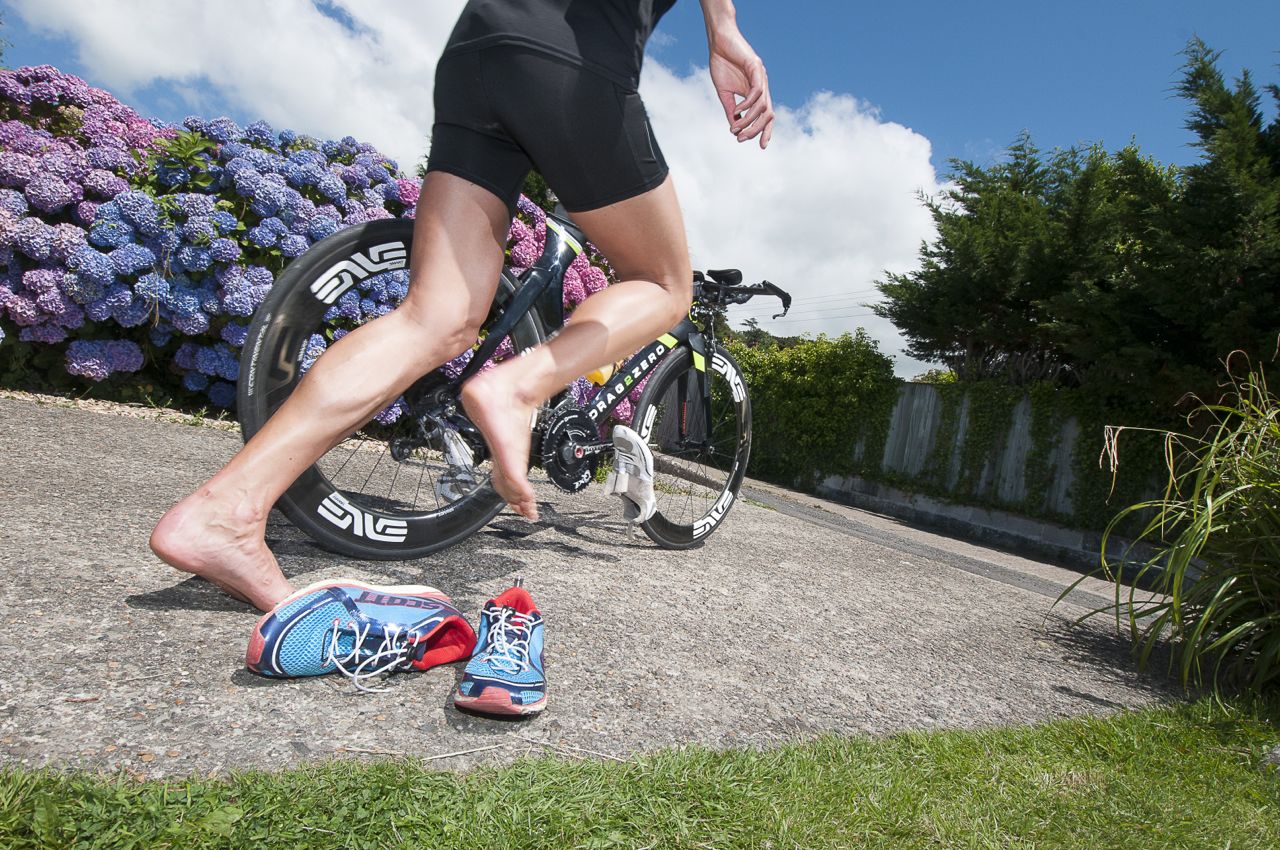Understanding Road Bike Gearing: Shimano 105, Ultegra, Dura-Ace, and Di2
When you're considering buying a road bike or upgrading your current one, one of the most important decisions revolves around the gearing system. Road bike gears influence your performance, comfort, and overall cycling experience. Among the most popular groupsets (gearing systems) on the market, Shimano’s 105, Ultegra, Dura-Ace, and Di2 lines are widely discussed. But what are the differences between these options, and which one is right for you?
Let’s dive into the specifics of each groupset, their features, and how they compare to one another.
1. Shimano 105: The Budget-Friendly Workhorse
Shimano 105 is often considered the entry point for serious road cycling performance. It’s a great choice for riders who want solid performance without breaking the bank. Here’s why 105 stands out:
Price: Shimano 105 is the most affordable of the major Shimano road groupsets, offering great value for money.
Components: The components are made with high-quality materials, but they aren’t as light or as advanced as Ultegra or Dura-Ace. However, for most riders, this is more than enough.
Performance: You’ll still get precise and smooth shifting, especially for riders who focus on recreational cycling, long-distance rides, or even competitive racing at the amateur level.
Weight: Slightly heavier than Ultegra and Dura-Ace, but this tradeoff doesn’t make a significant difference in day-to-day riding for most cyclists.
Who is it for?
If you’re a recreational cyclist, or you’re getting into road biking but don’t want to spend a fortune on high-end components, Shimano 105 offers great reliability and performance for the price.
2. Shimano Ultegra: The Balanced Performer
Shimano Ultegra offers a step up from 105 in terms of weight, performance, and technology. It's one of the most popular choices among competitive riders and enthusiasts alike. Here's what you need to know:
Price: Ultegra is more expensive than 105 but still more affordable than Dura-Ace.
Components: Ultegra uses lighter materials, such as aluminum and carbon fiber, which helps to reduce weight without sacrificing durability. It also features more refined shifting technology.
Performance: The shifting action is smoother and faster than 105, and the braking performance, whether disc or rim, is more responsive. Ultegra can handle the rigors of racing but is also versatile enough for longer, more casual rides.
Weight: While it’s lighter than 105, it still doesn’t quite match the ultra-lightweight Dura-Ace. However, the difference in weight might not be noticeable unless you’re a competitive racer.
Who is it for?
Ultegra is perfect for serious cyclists who race or go on long endurance rides but don’t want to spend the high price of Dura-Ace. It's the sweet spot for performance, weight, and cost.
3. Shimano Dura-Ace: The Pro-Level Gearing
Shimano Dura-Ace is the gold standard of road bike groupsets. It’s designed for professional-level cyclists, offering unparalleled performance, precision, and weight savings.
Price: As expected, Dura-Ace is the most expensive of Shimano's road bike groupsets.
Components: Dura-Ace is made with the lightest and most durable materials, including titanium and carbon. Every component is designed for maximum performance.
Performance: The shifting is incredibly fast and precise, with minimal effort needed to change gears. The braking power is equally impressive, especially with the disc brake version.
Weight: Dura-Ace is one of the lightest groupsets on the market, which makes it perfect for racers looking to shave every gram off their bike. Every ounce of weight is meticulously optimized for high performance.
Who is it for?
Dura-Ace is for competitive cyclists or anyone who demands the absolute best in terms of gear performance. If you’re racing professionally or just want the top-of-the-line tech, Dura-Ace is the way to go.
4. Shimano Di2: The Digital Revolution
Shimano Di2 isn’t a separate groupset per se; rather, it's a digital version of the above groupsets. Available in 105, Ultegra, and Dura-Ace versions, Di2 introduces electronic shifting, taking the traditional mechanical system and transforming it into a highly sophisticated digital setup.
Price: Di2 is the most expensive option, mainly due to the electronic components and technology involved. It’s available in all three groupset tiers (105, Ultegra, Dura-Ace), but it significantly raises the cost.
Components: Di2 integrates electronic shifters, derailleurs, and battery-operated components that replace traditional mechanical cables. This means shifts are quicker and require less effort from the rider.
Performance: Electronic shifting is incredibly precise and fast. With Di2, you get instantaneous shifts, even under load. The system also requires less maintenance since it doesn’t rely on cables that stretch over time.
Battery: Di2 is powered by a rechargeable battery, which lasts for a long time but needs to be recharged occasionally. The battery life is impressive, and most riders won’t have to worry about frequent recharging.
Weight: While Di2 is generally lighter than traditional mechanical systems (due to fewer cables), it’s heavier than mechanical Dura-Ace due to the added electronics.
Who is it for?
Di2 is perfect for those who want the ultimate in convenience and precision. It’s especially valuable for riders who prioritize technology and are willing to invest in a smoother, more effortless ride. Di2 is ideal for competitive cyclists, tech enthusiasts, or anyone looking to take their riding experience to the next level.
Which Should You Choose?
The best gearing system for you depends on your needs, budget, and riding style:
Shimano 105: Ideal for budget-conscious riders or beginners who want reliable performance without breaking the bank.
Shimano Ultegra: A great option for serious riders who want a performance boost without jumping to the elite level.
Shimano Dura-Ace: The best choice for competitive cyclists or anyone seeking the pinnacle of bike gear performance.
Shimano Di2: Perfect for riders who value cutting-edge technology and want seamless, effortless shifting.
Ultimately, the “best” groupset is the one that fits your needs and riding style. Whether you’re a casual rider, competitive racer, or someone in between, Shimano offers something for everyone, from entry-level to professional-level performance.
Happy cycling!





